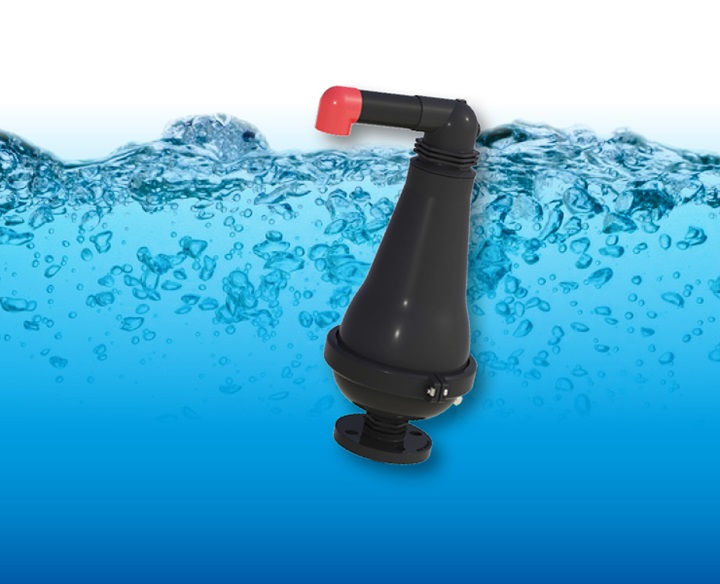
Network Efficiency Water Hammer Issues
What is Water Hammer?
Water Hammer occurs due to a rapid deceleration of forward velocity in the pipeline system.
Typically caused when a body of water hits an obstacle; for example a valve which is closed too quickly, will send a shock wave along the pipe with the potential to destroy both the pipe and equipment.
Water Hammer occurs due to a rapid deceleration of forward velocity in the pipeline system. This creates a shock wave of inert energy within the fluid and a hammering noise in the pipe system. This can cause a localised increase in pressure and will continue to travel along the pipeline until the energy has dissipated.
Reducing water hammer
The risk of water hammer can be greatly reduced by operating the valves in a controlled, slow manner and managing the potential hammer scenario. Using a selection of various automatic valve types, each of which provide protection to the system in different ways as follows:
Air Valves (Series 701)
In system locations where water column separation can occur. When separation occurs, for example a pump trip scenario, the air valve will allow a considerable volume of air into the pipeline to avoid vacuum, but can also restrict the exhalation of air into the atmosphere so that when two high-energy water columns re-join, atmospheric damping takes place to prevent pressure surges.
Our water and waste water range can be found here
Automatic Control Valves (Series 879)
Surge anticipating valves have specially designed pilot systems that automatically senses when a high pressure event will occur, for example, on a pumped system. The pilot opens the main valve allowing maximum fl ow through the valve until the pressure reduces sufficiently. The main valve then closes slowly to prevent the risk of water hammer.
Our control valve technical pages can be found here and the full product range found here.
Non-return Valves (Series 41/641/876)
To prevent flow reversal entering into the pump, well or intake, the rate of fluid reversal is not a cause for concern and standard check valves will perform well, however, in pumped systems where fast flow reversal can occur, the selection of the correct check valve is crucial.
Our non-return valve technical guidance papers can be found here and out full range can be found here.
Pressure wave surge
If a pump stops and the forward fl ow reverses back down the line towards the pump before the check valve has fully closed, the flow will force the valve door to slam onto its seat. This scenario can almost instantaneously stop the reverse flow and it is this instantaneous stoppage which results in pipeline water hammer.This can produce loud hammer noises which is not the noise of the valve coming into its seated position but is the stretching of the pipe under these conditions. The consequent pressure wave (surge) can cause considerable damage to the system including pipe cracks, bursts, cavitation and implosion due to vacuum pressures being formed. It is also important to note that these failures may not be due to one single, large surge pressure but by repeated surges which eventually cause fatigue failure of the system.
Safe and trouble free system- check valve slam
To prevent the occurrence of check valve slam, the valve should close in a quick, controlled manner to prevent the onset of reverse flow or very slowly once reverse flow has developed. For a check valve to close slowly, this requires additional ancillary equipment such as hydraulic dampers which act to cushion the valve door as it comes into its
seated position.
This slower closure does allow the fluid to pass through the check valve until it closes and consideration must be given to the upstream pump to ensure that it is suitable for reverse spin, flow and potential damage to upstream fittings.

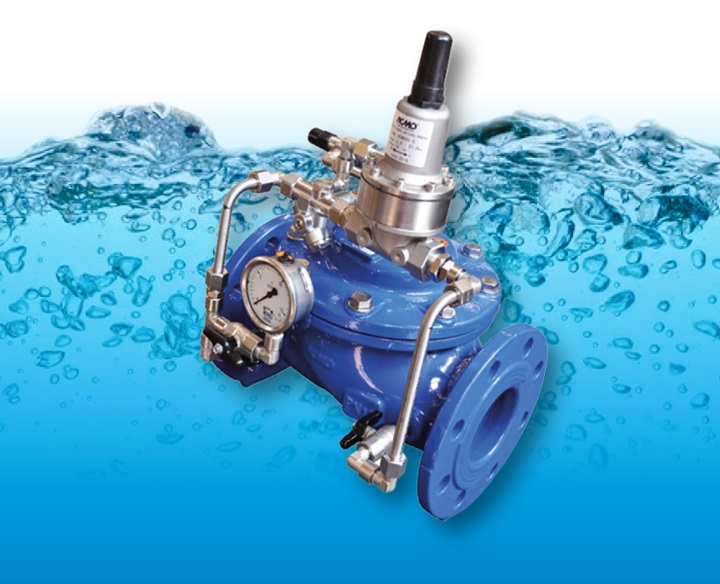
Water Hammer Control Valve Solutions
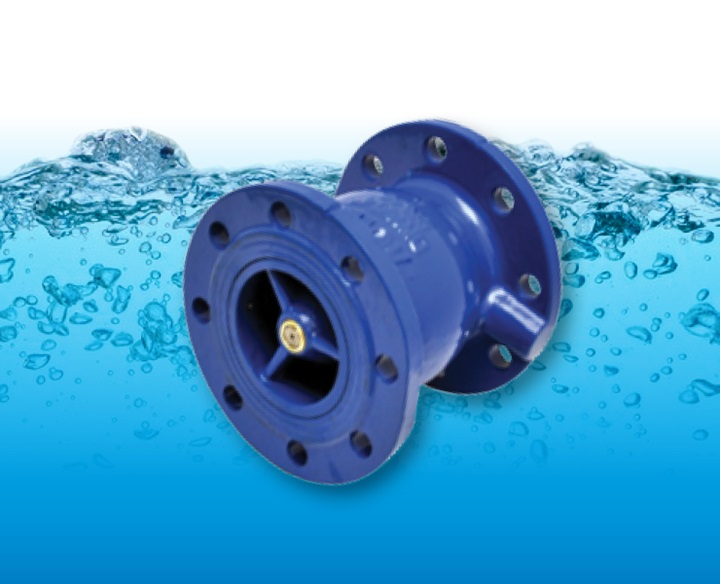
Water Hammer Non Return Valve Solutions
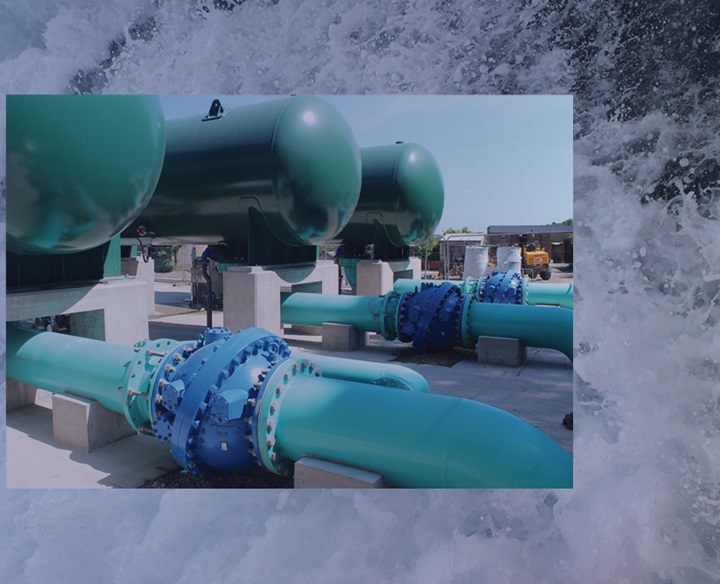
Network Safety Solutions Home Page
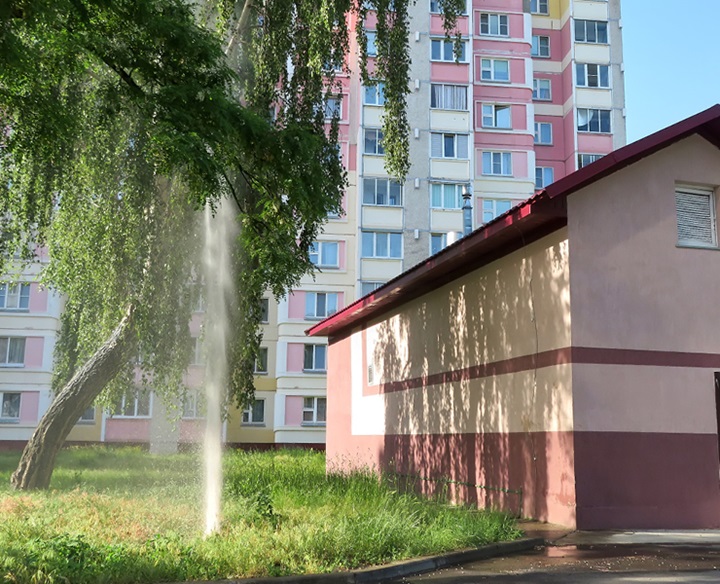
Air Release and Vacuum Issues

Vacuum Issues
